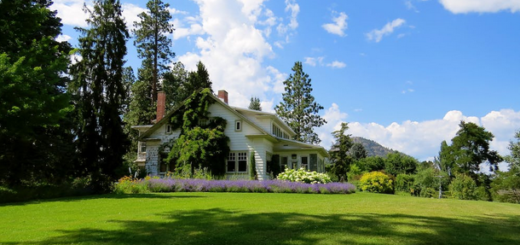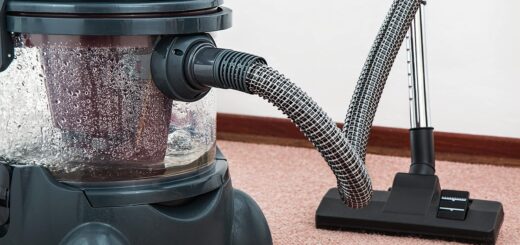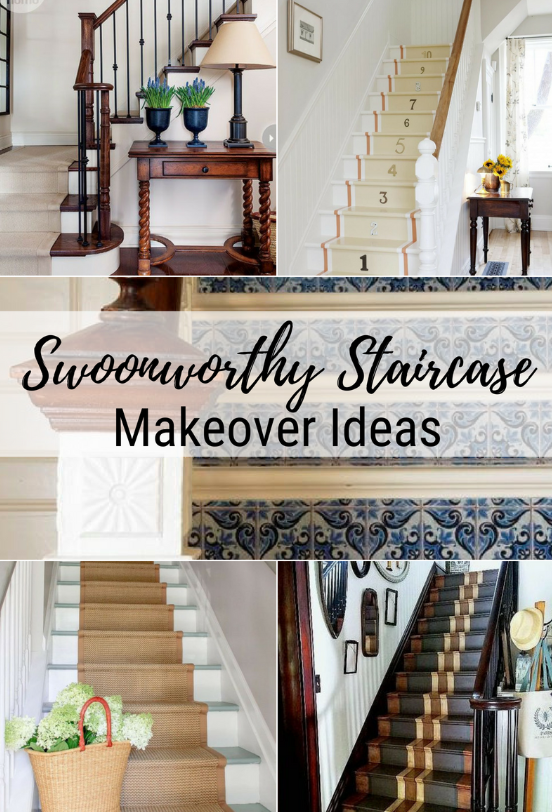Color Me Happy: Using Color Psychology to Elevate Your Living Space
Are you feeling a little blue when you walk into your living space? It might be time to add some color therapy to your home decor. In this blog post, we’ll explore the fascinating world of color psychology and how different hues can profoundly impact our mood and overall well-being. Get ready to paint your walls, rearrange your furniture, and elevate your living space with the power of color.
Understanding Color Psychology
Before delving into specific color schemes, it’s essential to understand the basic principles of color psychology. Different colors have unique psychological effects on individuals, influencing mood, energy levels, and even productivity. For example, warm colors like red and orange tend to evoke feelings of warmth, energy, and passion, while cool colors like blue and green promote calmness, relaxation, and focus.
Choosing the Right Color Scheme
When selecting a color scheme for your home, consider the function of each room and the desired atmosphere you wish to create. For instance, opt for soothing shades of blue or green in bedrooms and living areas to promote relaxation and tranquility. In spaces where energy and creativity are desired, such as home offices or creative studios, incorporate invigorating hues like yellow or orange to stimulate the mind and inspire productivity.
Incorporating Neutral Tones
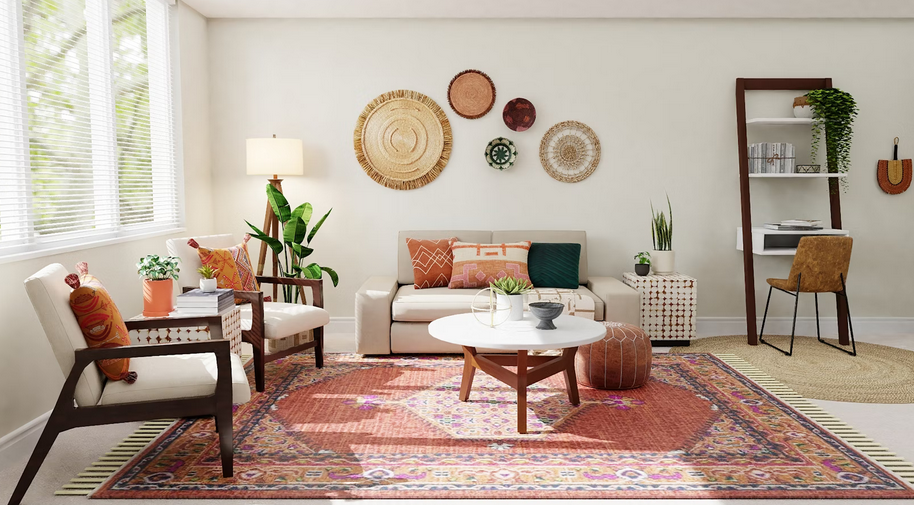
Neutral tones such as white, beige, and gray serve as versatile foundations for any color scheme and can help balance more vibrant hues. Use neutral colors for larger surfaces like walls, floors, and furniture to create a sense of spaciousness and sophistication. Additionally, neutrals provide a timeless backdrop that allows you to update and refresh your decor over time easily.
Adding Accents and Contrast
Once you’ve established a base color scheme, incorporate accent colors and contrasting elements to add visual interest and depth to your home decor. Introduce pops of color through accessories such as throw pillows, rugs, artwork, and decorative accents. Contrast can also be achieved through the use of complementary colors, which are located opposite each other on the color wheel and create a dynamic and visually striking effect when paired together.
Considering Personal Preferences
While color psychology provides valuable insights into the psychological effects of different hues, it’s essential to consider your personal preferences and tastes when designing your home. Ultimately, your home should reflect your unique personality and style, so don’t be afraid to experiment with colors that resonate with you on a personal level. Trust your instincts and choose colors that bring you joy and comfort.
Testing Colors in Different Lighting
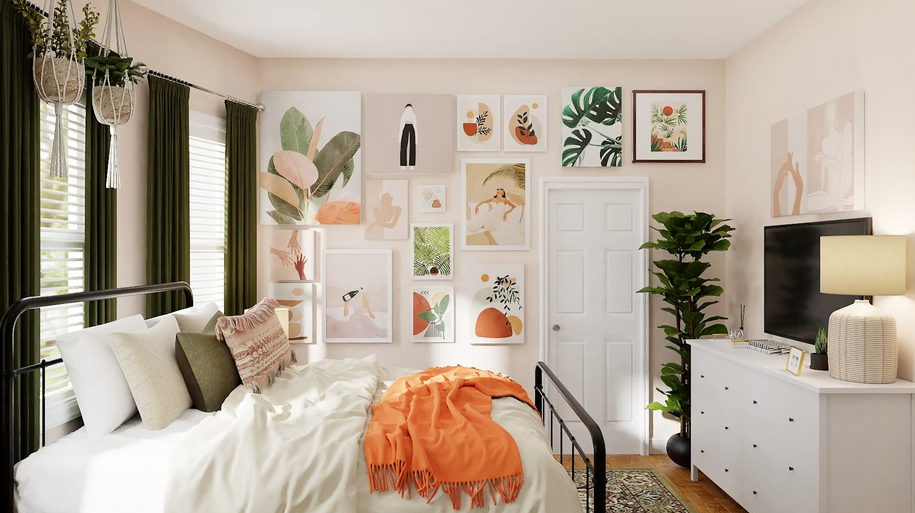
Before committing to a color scheme, it’s crucial to test how colors appear in different lighting conditions throughout the day. Natural light can significantly alter the perception of color, so observe how your chosen hues look in the morning sunlight, afternoon shade, and artificial lighting at night. Consider using paint samples or temporary decor elements to experiment with different colors before making a final decision.
By leveraging the principles of color psychology, you can transform your home into a sanctuary that nurtures and uplifts your mind, body, and spirit. Whether you’re seeking relaxation, creativity, or energy, the strategic use of color can help you create a harmonious and inviting living environment that enhances your overall well-being. Embrace the power of color and unleash its transformative potential in your home today.

